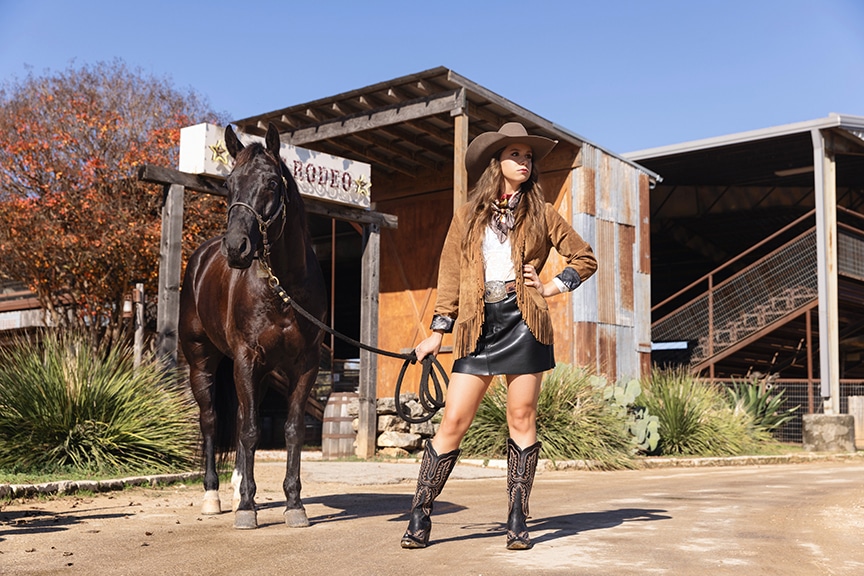Words for clarity:
Prosecco – a type of sparkling wine most commonly found in Italy
Charmat – a process for making Champagne
Methode Champenoise – a process for making Champagne
Clouet – a family and Champagne production house
Venezia Guilia – a region/territory in Italy
Secco – name of a sparkling wine
Tiamo – name of a prosecco
Glera – the main grape used in production of prosecco
Spumante – a style of sparkling wine
Moscato – a wine grape
Bianco – a color describing wine/also a name of a white grape
Raventos – a name of a sparkling wine producer
Macabeo, Parellada and Xarel-lo — white grapes used in sparkling wine production
The holidays are here, and once again it’s time for some good cheer! Champagne and sparkling wines are a perfect way to celebrate with friends and family.
Whether you’re just catching up with old friends or with relatives who have traveled to gather with family, sparkling wines can bring excitement and jubilation to any gathering or special occasion. They set a tone to honor your guests and send a message that expresses how special they are and worthy of a great celebration. The range of sparkling wines and Champagnes can vary significantly, both in style and flavor profile. They generally pair effortlessly with food. Some of the more popular include prosecco, cava and, of course, Champagne from France.
Champagnes, accordingly, are the most highly prized of all sparkling wines, offering extremely palatable complexity and finesse. There are three primary grapes used for producing Champagne and three different methods for production. The grapes are chardonnay, pinot noir and pinot meunier. The most prestigious and costly method for producing champagne is the Methode Champenoise, also known as the traditional method. The other two techniques include the transfer method and the bulk or Charmat method. Champagne, by European Union law, can only be labeled “Champagne” if it is produced within the Champagne region of France and is within the guidelines of French production laws. Known for versatility when paired with food, the finest of Champagnes easily complement a wide range of cuisine. For the perfect food match, embrace rich and weighted fare such as lobster, diver scallops, roasted chicken or shrimp. Consider the balance between sweetness and acidity, along with the wine’s weight on the palate, which will guide you for the best food accompaniment. Champagne can also be an astonishing match for a dessert course. Peach mousse cannoli, hazelnut bread pudding, cream cheese-stuffed apricots with hazelnuts make an absolutely stunning match for any medium- to full-bodied brut Champagne.
When seeking out Champagne for the holidays, the Clouet family is one of the oldest and best-known producers. Clouet Grand Brut Reserve from Champagne, France, embodies traditional character and finesse. Bursting with biscuit, fig and walnut, it is full bodied and seamlessly elegant. The flavors expand to include citrus, fig and toasted pine nuts. Pinot noir-based Champagnes, especially those aged in the cellar, can also pair wonderfully with pork and meat dishes. Because of the character developed with a mature Champagne, its weight and flavors stand up to veal, roast beef or grilled beef tenderloin.
Prosecco wines are most commonly produced in the northern regions of Italy (Veneto and Friuli Venezia Guilia), using the glera grape, dry or extra dry in style. They’re crisp and clean on the palate, with stone fruits and floral components on the nose. Flavor profiles can include peaches, pears, nectarines, lemon grass, lime and spices, with hints of honeysuckle notes. Two popular prosecco-style wines from the northern cool region of Italy are Tiamo and Secco White Bubbles. The Tiamo organic prosecco offers flavors of sliced pear, peaches, apricot and lemon. The grapes for this wine are from 10- to 15-year-old vines, providing structure and elegance. A delightful and savory wine, this prosecco is easily enjoyed with or without food. Tiamo simply means “I love you” in Italian.
The Secco Italian White Bubbles from Charles Smith winery, Italy, is produced in a prosecco style with one unique difference: This wine is a blend of the traditional glera grape and the modish chardonnay grape. A delightful contrast of lively acidity and fruit, this wine is bursting with a freshness and crispness that leads to a dazzling finish. The Secco Bubbles can easily be recognized, as it has a celebratory label that is bright and festive, complementing a decorative table setting or honoring the party hostess. In close proximity to the Veneto and Friuli regions of Italy, the Piedmont region is most famously known for asti spumante, a sweeter style of sparkling wine made from the moscato bianco grape. Sweet and low in alcohol, this wine is often served to complement dessert. As with prosecco, most asti is not vintage specific, and because of the large consumption and mass production, these wines are meant for immediate consumption. The flavor profiles of asti spumante include nectarine, tangerine and other tropical fruits with floral aromas. There is characteristically an adequate level of acidity that balances the sweetness of the wine. Asti has enough acidity to accompany most foods, including salads, spicy Asian cuisine and especially a dessert course such as a moscato poached pear tart with crème Anglaise.
Spain also produces a version of a sparkling wine known as cava, typically produced in the traditional method and using the macabeo, parellada and xarel-lo grapes. The majority of cava produced in Spain comes from the Catalonia region located in the northeast corner of the country. The most common flavor profiles include apricot, apple, melon, roasted nuts, vanilla and honey. Raventos brut cava is a perfect example of a traditional-style cava with resonating flavors of yellow apple, honeydew melon and puff pastry with a hint of grilled pineapple. An appetizer tray of artisan cheeses and meats offers diversity without overpowering this elegant yet satisfying cava. For the cheese portion, soft cheeses such as chevre, havarti or fontina are good matches. For firmer cheeses, manchego, vintage aged Gouda or Parmigiano-Reggiano are also great pairings. For the meat portion of the tray, include Bianco D’Oro salami, Spanish chorizo, prosciutto d’Parma or jamon Serrano (dry cured).
Choosing the appropriate glassware can make a significant difference in how well your wine drinks. The best glasses for all sparkling wines and Champagnes are flutes, as they are tall and slender, concentrating the aromas of the wine and guiding the bubbles in a perpetual stream. Larger glasses do not work as well, as they tend to warm up the wine too quickly and allow the bubbles to dissipate too rapidly.
Start your new traditions this holiday season, and celebrate with some bubbly!




